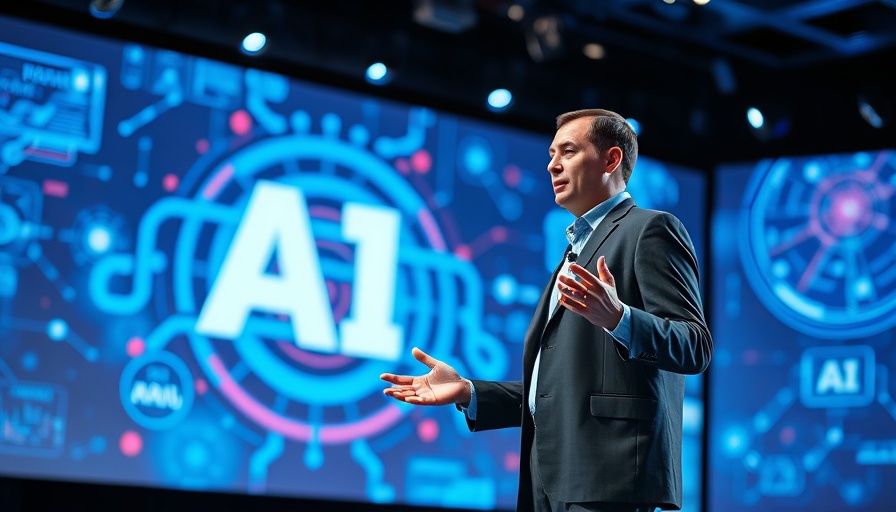
Reimagining Egypt's Workforce Through AI Insights
As Egypt faces a paradox of high unemployment alongside a skilled labor shortage, a new AI-powered observatory provides a beacon of hope for bridging the skills gap. The country, rich in youthful talent, struggles with systemic issues in its labor market—issues that inhibit job seekers from finding suitable employment, while employers lament their difficulties in sourcing qualified candidates. This disconnect highlights a pressing need for data-driven solutions in workforce planning.
Understanding the Labor Market Dynamics
Traditionally, the Egyptian labor market has suffered from structural unemployment, characterized by a chasm between the skills possessed by graduates and the skills required by employers. At the heart of this issue lies a problem of information asymmetry: while the available workforce is significant, the specific job requirements often remain ambiguous. In efforts to rectify this, the Egyptian Center for Economic Studies has developed an innovative approach by leveraging online job postings as a powerful data source.
The Role of AI in Job Market Analysis
Online job postings offer unprecedented insights into actual market demands—data not influenced by survey biases but genuine reflections of employer needs. The AI labor market observatory has meticulously analyzed 350,000 unique job postings, revealing patterns and trends crucial for effective labor market policy-making. This large-scale analysis is essential, particularly in a digital age where job descriptors can vary significantly, making manual analysis impractical.
Creating a Universal Language for Occupations
To ensure that the data is relevant and useful, the project employs the International Standard Classification of Occupations (ISCO-08). This framework allows for accurate comparisons across not just different sectors in Egypt but also with other countries such as those in the Gulf region. By standardizing job classifications, we can ensure that a job title from Cairo can be directly compared with an equivalent position in Dubai, aiding in the understanding of workforce needs more broadly.
Automation: The Key to Addressing Workforce Inequalities
The AI engine implemented in this observatory automates the complex task of classifying job roles with a remarkable accuracy rate of 97 percent. This efficiency opens up new avenues for understanding labor market dynamics, enabling policymakers to formulate targeted strategies that address the unique challenges faced by different demographics within the workforce.
Predicting Future Trends in Employment
The insights derived from this observatory can catalyze significant shifts in employment strategies and educational programs. As more data becomes available, both educators and policymakers will be better positioned to align curriculum developments and training initiatives with actual job market demands, ultimately reducing the skills mismatch and fostering economic growth.
Leveraging AI for Strategic Decision-Making
The integration of AI into labor market analysis serves as a crucial tool for not only identifying job gaps but also predicting future workforce trends. Policymakers armed with real-time data can make informed decisions to foster economic resilience, ensuring that the labor market evolves in step with technological advancements.
Moving Forward: What This Means for Future Generations
For young Egyptians entering the workforce, the increased visibility into job market demands means more effective career planning and educational pathways. By understanding the skills in demand, graduates can better tailor their training and education, thus increasing their employability and potential for career success. The AI-driven analysis not only benefits job seekers but also creates a dynamic labor market responsive to the changing economic landscape.
Conclusion: Embracing Change for a Sustainable Future
The labor market in Egypt is at a crossroads, with technology presenting both challenges and opportunities. Not only is there an urgent need to harness AI’s capabilities for labor market analysis, but it also presents an opportunity to re-envision the educational and employment landscape for future generations. By embracing these technological advancements, Egypt is poised to create a more informed and adaptable workforce.
 Add Row
Add Row  Add
Add 




Write A Comment